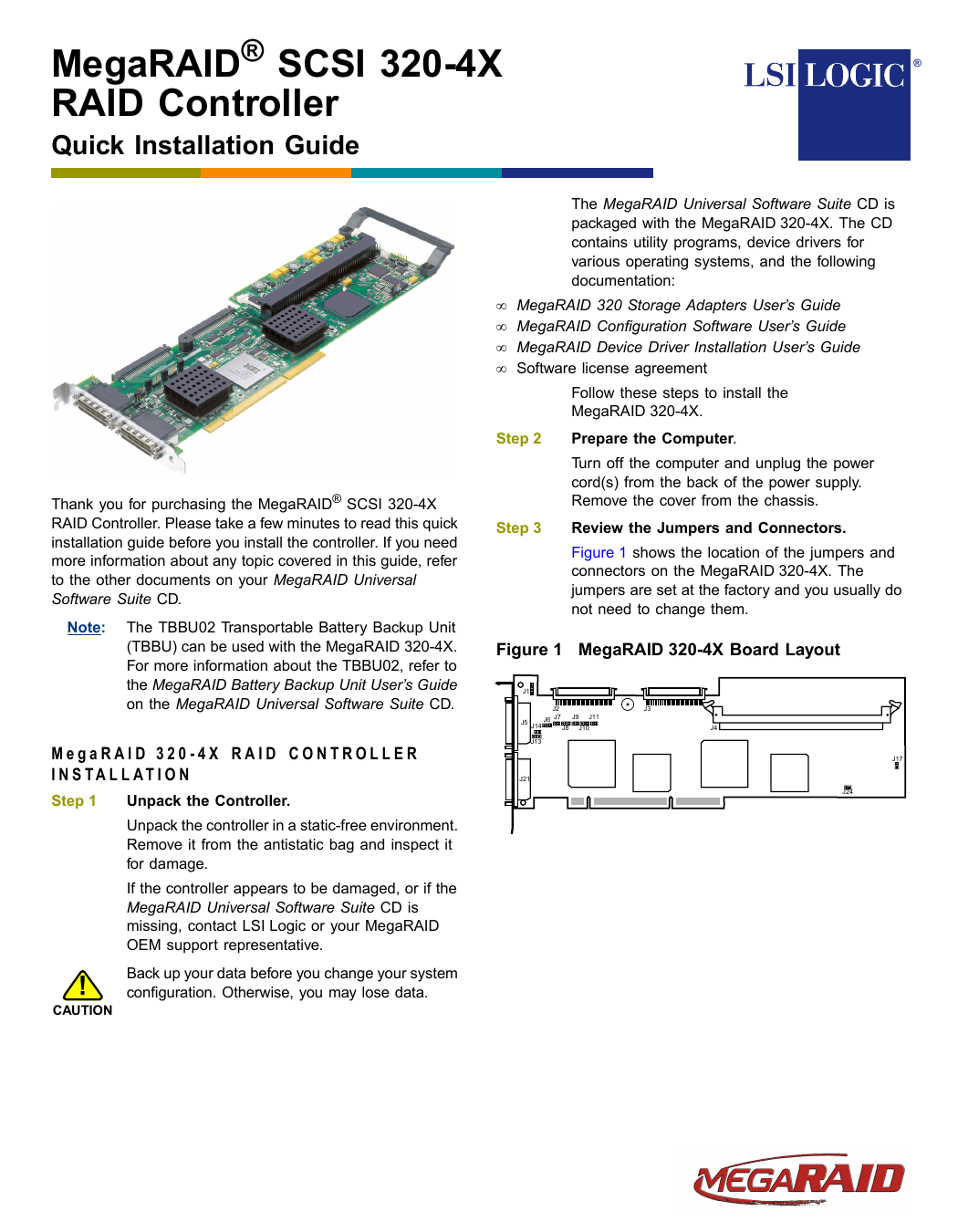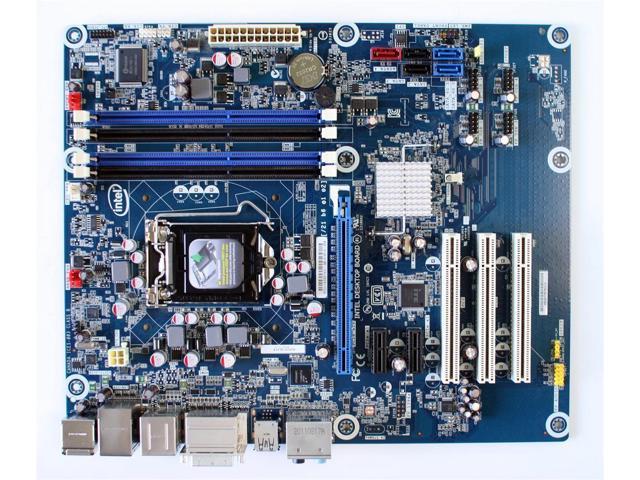You can use a raw device mapping (RDM) to store virtual machine data directly on a SAN LUN, instead of storing it in a virtual disk file. You can add an RDM disk to an existing virtual machine, or you can add the disk when you customize the virtual machine hardware during the virtual machine creation process.
A significant difference between SAS and SATA is that SAS is engineered to withstand 24/7 use in enterprises, such as datacenters. While a SATA drive could technically be used in all the same ways that a SAS drive could be (e.g., for a server), it would perform more slowly and would be more likely to fail (or suggest failure—give a false positive—even when it has not technically failed). A SCSI host adapter is a device used to connect one or more other SCSI devices to a computer bus.It is commonly called a SCSI controller, which is not strictly correct as any component understanding the SCSI protocol can be called a controller.
Lsi Scsi & Raid Devices Driver Updater
When you give a virtual machine direct access to an RDM disk, you create a mapping file that resides on a VMFS datastore and points to the LUN. Although the mapping file has the same .vmdk extension as a regular virtual disk file, the mapping file contains only mapping information. The virtual disk data is stored directly on the LUN.
During virtual machine creation, a hard disk and a SCSI or SATA controller are added to the virtual machine by default, based on the guest operating system that you select. If this disk does not meet your needs, you can remove it and add an RDM disk at the end of the creation process.
LSI SCSI & RAID Devices Driver

- Ensure that you are familiar with SCSI controller and virtual device node behavior for different virtual hard disk configurations. See Add a Hard Disk to a Virtual Machine.
- Before you add disks greater than 2TB to a virtual machine, see Large Capacity Virtual Disk Conditions and Limitations.
- Required privilege: Virtual machine.Configuration.Configure Raw device

Lsi Scsi & Raid Devices Drivers
Procedure
Lsi Scsi & Raid Devices Driver Download


- Right-click a virtual machine in the inventory and select Edit Settings.
- On the Virtual Hardware tab, click the Add New Device button and select RDM Disk from the drop-down menu.
- In the Select Target LUN dialog box, select the target LUN for the raw device mapping and click OK. The disk appears in the virtual device list.
- Select the location for the mapping file.
- To store the mapping file with the virtual machine configuration file, select Store with the virtual machine.
- To select a location for the mapping file, select Browse and select the datastore location for the disk.
- Select a compatibility mode. Option
Description Physical Allows the guest operating system to access the hardware directly. Physical compatibility is useful if you are using SAN-aware applications on the virtual machine. However, a virtual machine with a physical compatibility RDM cannot be cloned, made into a template, or migrated if the migration involves copying the disk.
Virtual Allows the RDM to behave as if it were a virtual disk, so that you can use such features as taking snapshots, cloning, and so on. When you clone the disk or make a template out of it, the contents of the LUN are copied into a .vmdk virtual disk file. When you migrate a virtual compatibility mode RDM, you can migrate the mapping file or copy the contents of the LUN into a virtual disk.
- Accept the default or select a different virtual device node.
In most cases, you can accept the default device node. For a hard disk, a nondefault device node is useful to control the boot order or to have different SCSI controller types. For example, you might want to boot from an LSI Logic controller and share a data disk with another virtual machine using a BusLogic controller with bus sharing turned on.
- (Optional) If you selected virtual compatibility mode, select a disk mode to change the way that disks are affected by snapshots. Disk modes are not available for RDM disks using physical compatibility mode.Option
Description Dependent Dependent disks are included in snapshots. Independent - Persistent Disks in persistent mode behave like conventional disks on your physical computer. All data written to a disk in persistent mode are written permanently to the disk.
Independent - Nonpersistent Changes to disks in nonpersistent mode are discarded when you power off or reset the virtual machine. With nonpersistent mode, you can restart the virtual machine with a virtual disk in the same state every time. Changes to the disk are written to and read from a redo log file that is deleted when you power off or reset.
- Click OK.

